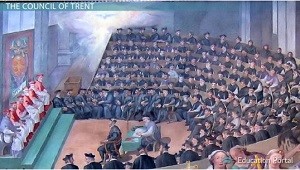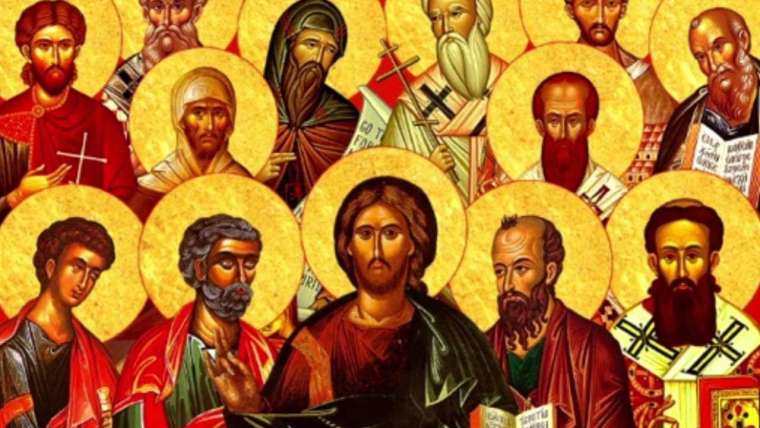The Protestant Reformation was a movement of Christians who disagreed with some of the teachings and actions of the Catholic Church. This article explores the effect of the Reformation on the Church.
The Protestant Reformation
| The Protestant Reformation spread throughout Europe after Luther wrote his 95 theses on indulgences |
The Protestant Reformation was a movement against some of the beliefs of the Catholic Church. The Reformation can mostly be attributed to Martin Luther, a German monk who believed each person should have authority over his religion rather than relying on clergy. One of Luther’s biggest concerns was the giving of indulgences (official pardons for sins) for money. He wrote 95 theses regarding indulgences and nailed them to the Castle Church in Wittenberg. The movement exploded from its origins in Germany, spreading across Europe. It found popularity in places like England, Scotland, and France, while it was less popular in southern areas like Spain, Italy, and Portugal.
Religious Orders
Aside from the Protestants, there were also many people who upheld ideas of Catholicism but were still unhappy with political influence and abuse of power within the Church. Religious orders focused on educating and helping the needy in their local areas. Some of the more well-known orders are the Franciscans (originally known as the Capuchins) and the Jesuits. Religious orders helped encourage reform without breaking from the Catholic Church.
The Council of Trent
It’s hard to imagine that such a massive movement from the Protestants and Catholic reformers did not completely destroy the Catholic Church, but Catholicism managed to survive. From December 13, 1545, to December 4, 1563, an ecumenical council (councils where Church officials are allowed to vote on decrees that are considered binding to all Christians) convened to address concerns of the Catholic Church. This council is known as the Council of Trent.
The Council of Trent met to define the doctrines of the Catholic Church. The idea was to lessen corruption of clergy members and abuses of power and finances. The council determined that the Church’s interpretation of the Bible was the final word but that the Bible had equal authority with the Church. Rituals like indulgences, pilgrimages, and veneration of saints were upheld. Although the structure of the Church saw little change, a greater emphasis was placed on discipline and education in the clergy.
| The Council of Trent formed to address concerns of the Catholic Church |
The Counter-Reformation
The Council of Trent marked the beginning of the period known as the Counter-Reformation. The Council of Trent inspired a movement of reform and revival within the Catholic Church. Religious orders gained popularity and support from the Pope during this time. The Church worked to keep their organizational structure while preventing political and financial abuses. Catholicism’s popularity grew in light of these changes.
Lesson Summary
The forces of the Protestant Reformation and Catholic reformers created a lot of pressure on the Catholic Church in the 16th century. The answer was the Council of Trent, which made definitive judgments on issues presented by reformers and Protestants. The resulting reforms created a renewed interest in Catholicism and a growing support for the Church.



